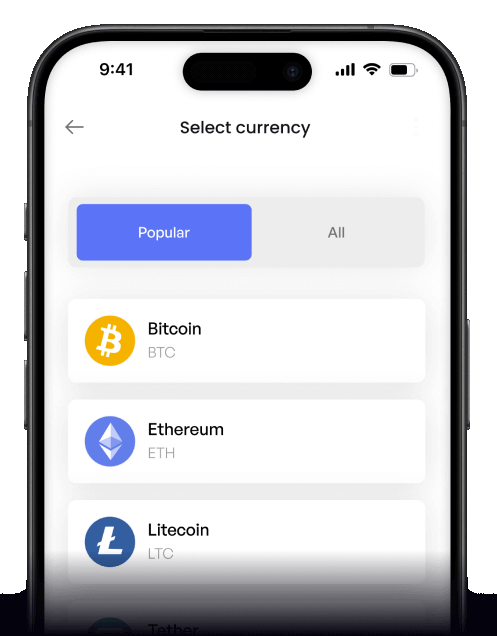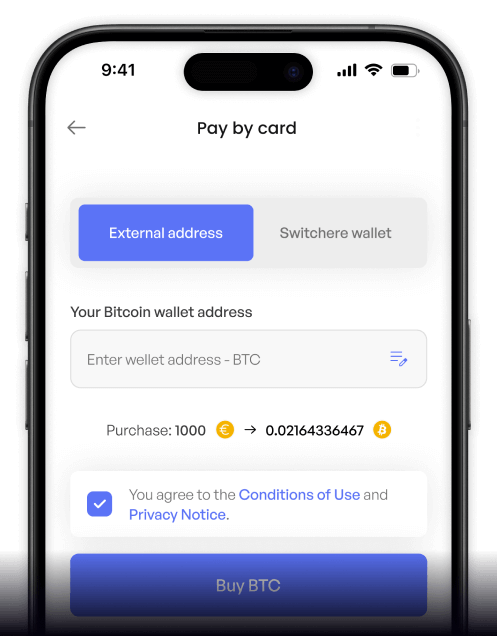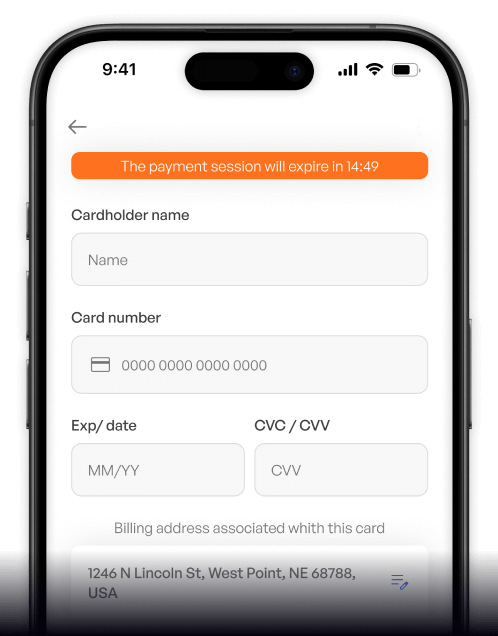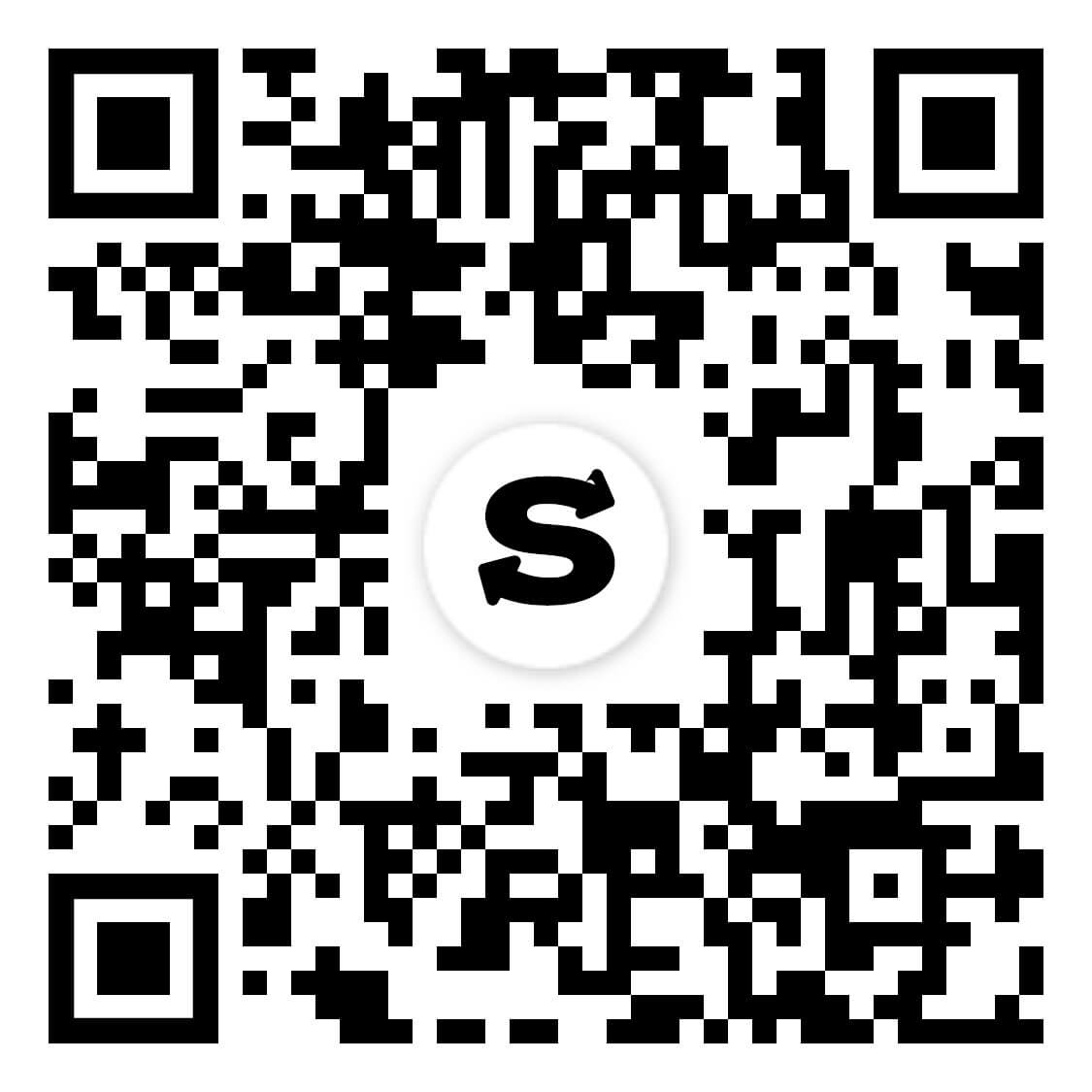Convert
Romanian Leu (RON) to Avalanche (AVAX) Instantly
Purchase Avalanche (AVAX) with Romanian Leu (RON) easily at Switchere and benefit from fast, secure transactions.
About
Avalanche (AVAX)
Avalanche (AVAX) emerges as a high-performance Layer 1 blockchain technology platform, meticulously engineered to address the critical scalability trilemma—achieving decentralization, security, and high throughput. Its primary purpose is to provide a robust and versatile foundation for decentralized applications (dApps) and custom blockchain deployments, known as subnets. This decentralized network utilizes the innovative Avalanche consensus protocol, a family of Snowball-influenced mechanisms, enabling near-instant transaction finality, typically under two seconds, distinguishing it within the competitive landscape of digital asset platforms. The platform's architecture fosters a flourishing ecosystem for complex smart contracts and diverse Web3 infrastructure.
The core architecture of Avalanche is uniquely structured around three distinct yet interoperable chains: the Exchange Chain (X-Chain) for creating and managing digital assets, the Platform Chain (P-Chain) for coordinating validators, tracking active subnets, and enabling new subnet creation, and the Contract Chain (C-Chain) for executing Ethereum Virtual Machine (EVM) compatible smart contracts. This multi-chain design facilitates a wide array of use cases, prominently including advanced DeFi applications, enterprise solutions, and blockchain-based gaming. The native utility token, AVAX, is integral to the ecosystem's tokenomics; it's used for paying transaction fees across the network, securing the platform through staking by validators, participating in on-chain governance decisions, and as a common unit of account among subnets. This positions Avalanche as a significant and adaptable infrastructure layer aiming to support a new generation of decentralized systems and digital ledgers.
How to Buy Avalanche (AVAX)
Popular Coins for Romanian Leu (RON)
Other Coins for Romanian Leu (RON)
Frequently asked questions
-
What is the primary method for exchanging Ronin (RON) for Avalanche (AVAX)?
Exchanging RON for AVAX typically involves a multi-step process using a cross-chain bridge and a decentralized exchange (DEX). Since they exist on separate blockchains—Ronin Network and Avalanche C-Chain—you cannot swap them directly. The common path is to use the official Ronin Bridge to move an asset like WETH or USDC from the Ronin Network to Ethereum, and then use another bridge like the Avalanche Bridge to move the asset to the Avalanche C-Chain. Finally, you would use a DEX on Avalanche, such as Trader Joe, to swap the bridged asset for AVAX. -
What are the key technical differences between the Ronin Network and Avalanche?
The primary difference lies in their intended purpose and architecture. The Ronin Network is an EVM-compatible sidechain developed by Sky Mavis, specifically optimized for blockchain gaming like Axie Infinity, prioritizing low-cost transactions and speed for in-game assets. Avalanche is a general-purpose Layer 1 blockchain platform renowned for its unique consensus protocol and subnet architecture, which allows for high throughput and the creation of custom, application-specific blockchains. While Ronin focuses on a niche gaming ecosystem, Avalanche provides a broad infrastructure for diverse dApps and DeFi protocols. -
What types of fees are involved in a RON to AVAX swap?
A RON to AVAX swap involves several potential fees. First, a transaction fee on the Ronin Network, although Sky Mavis often provides a number of free daily transactions. Second, you'll incur bridging fees, which include a fee for the bridge protocol itself and gas fees on the source (Ronin) and destination (e.g., Ethereum) networks. Third, when swapping on an Avalanche DEX, you'll pay a gas fee on the Avalanche C-Chain for the smart contract interaction and a liquidity provider fee to the DEX, which is a percentage of your trade size. Managing slippage tolerance is also key to controlling final costs. -
Can I use one digital wallet to manage both RON and AVAX tokens?
Yes, it is possible. While Ronin has its native Ronin Wallet and Avalanche has the Core wallet, both the Ronin Network and the Avalanche C-Chain are EVM-compatible. This means a versatile non-custodial wallet like MetaMask can be configured to manage assets on both blockchains. You would need to add the Ronin Network and Avalanche C-Chain as custom networks in MetaMask. This allows you to hold, send, and receive both RON and AVAX (on C-Chain) within the same wallet interface, streamlining the management of your digital assets across these different ecosystems. -
Why is a cross-chain bridge essential for a RON to AVAX transaction?
A cross-chain bridge is fundamental because Ronin and Avalanche are sovereign, separate blockchain networks with their own consensus mechanisms and token standards. These networks cannot communicate or transfer assets between each other natively. A bridge acts as a facilitator, locking the original asset (e.g., WETH from Ronin) in a smart contract on the source chain and issuing a synthetic or 'wrapped' equivalent on the destination chain (e.g., Avalanche). This wrapped asset can then be used within the destination ecosystem, for instance, to be swapped for AVAX on a local DEX. Without a bridge, there is no trustless mechanism to move value from the Ronin gaming blockchain to the Avalanche DeFi ecosystem.






